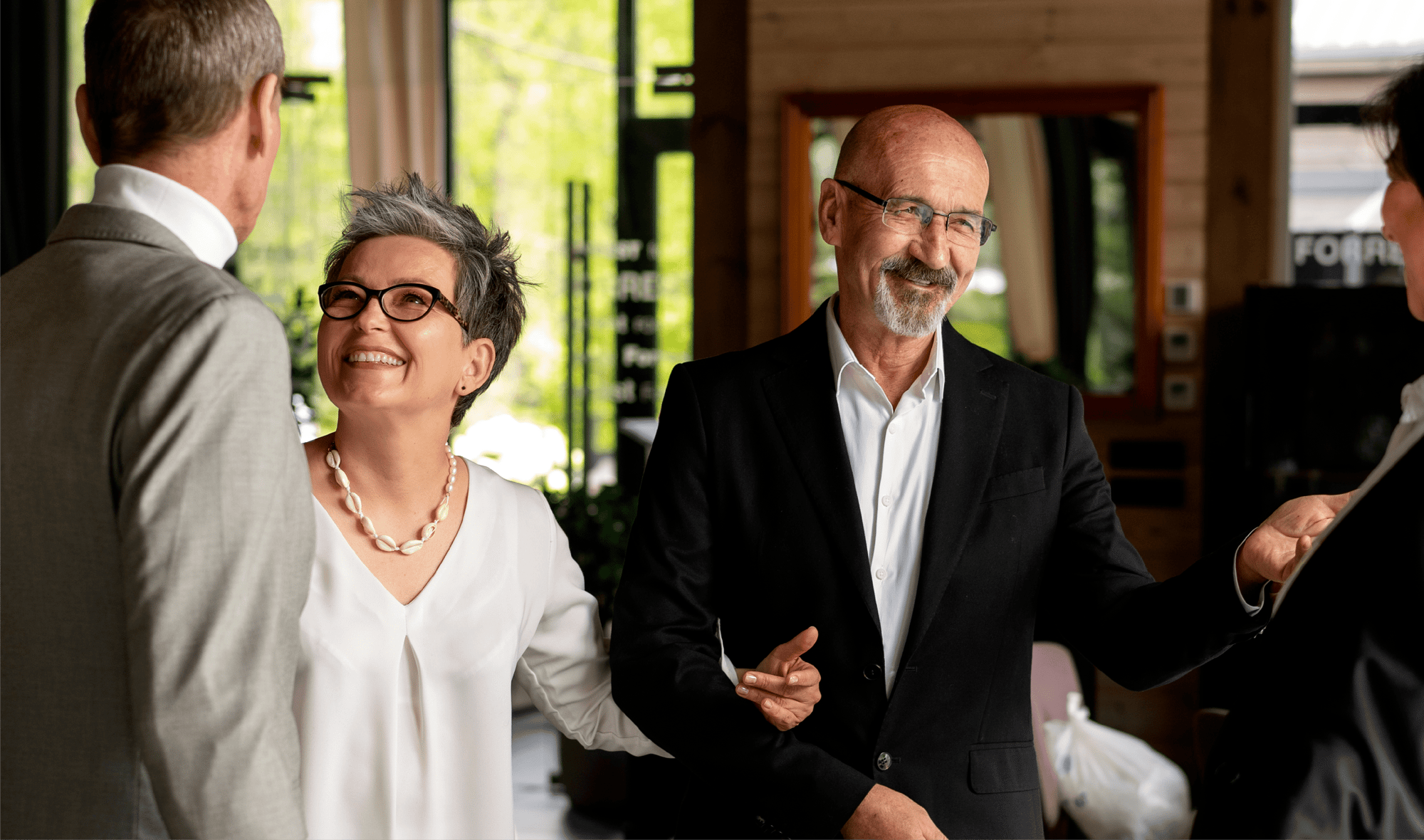October 2025: Monthly Fintech Market Insights Provided by Founder of Firebrand Research, Virginie O’Shea
The October 2025 spooky special, featuring the haunted spectre of two years until T+1 in Europe,...


Janet Du Chenne is Editorial Director, Marketing, Deutsche Bank Corporate Bank, where for the past five years she has been responsible for the production of flow magazine. She joined Deutsche as a journalist with experience gained on a number of financial trade press publications.
Deutsche Bank is a leading European corporate bank and financial services company headquartered in Frankfurt, Germany, with strong investment banking, private banking, wealth and asset management capabilities.
Background
Deutsche Bank Corporate Bank’s marketing division faced the challenge of engaging with their audience with a strong, compelling message for their flow magazine. In conversation with FinTech B2B Marketing, Janet Du Chenne, Editorial Director of Deutsche’s flow magazine, said the first step was to replace internal business jargon with effective external communication.
The Challenge
It’s no secret that we live in unusual times, as the global Covid-19 pandemic has brought about unprecedented change to both daily and professional lives globally, creating heightened uncertainty and a greater disconnect between marketers and their clients. With traditional face-to-face meetings unlikely to resume in the near future, maintaining trust and engaging with audiences has become even more important.
Deutsche Bank’s flow magazine and its digital support has been the bridge that has enabled the company to engage with their clients with a clear messaging strategy. For Du Chenne, the strategy involved making connections between relevant financial topics and wider macro trends in a way that builds a supportive relationship based on trust.
The Solution
Du Chenne says the strategy “is to tell the story, and engage with the audience. But it tells the story from the client’s perspective, interviewing a lot of clients about the various challenges they are encountering. It is also very light on product push, so you won’t have many internal voices in the magazine but definitely a lot of client participation.”
The emergence of true multi-channel content has been one of the major changes of content generation and marketing during the last five years, which Du Chenne has witnessed firsthand. These channels have moved from print backed up with an online presence and some social media activity, to a multitude of digital touch points that marketers have embraced and adapted to, proving their value to financial and technology firms as the wider environment evolves.
“Marketing will have a role to play in writing about that and delivering content that talks about those challenges from the client’s perspective to the audiences, to help and inform them about what others are doing, as we try to prepare for what will probably be an uncertain time as we come out of this crisis,” she says.
The Results
Du Chenne says that since the beginning of March the volume of published content via flow has significantly increased, with a series of articles going out every week through its online channel, in line with its brand strategy of bridging the gap between macro trends with insightful analysis.
The lockdown, which forced staff working from home, has presented Deutsche Bank Corporate Bank with an opportunity to use virtual channels to connect with audiences and clients alike, as well as providing new perspectives that can be beneficial to messaging strategies.
With the current prevailing use of virtual meeting spaces, such as Skype and Zoom, Du Chenne says marketers can develop unique and more intimate relationships with those they are engaging with. Ultimately, through these online channels, marketers are entering the homes of those they engage with, and vice versa, creating a far more personal connection than when meeting in board rooms or coffee shops.
“It’s all about your ability to react to change and challenges; it’s made us more tactical and just a bit more flexible,” she says. “But also to think about what resources you can use within your multi-channel arsenal to deliver that content in an engaging way, and just be ready to switch things around, to customise where you might need to.”
As well as changing the way in which marketers approach audience engagement, so too has the pandemic changed the way in which audiences are consuming content. With greater autonomy and choice as to how their time is best used while in their own private environments, marketers need to ensure their content is sharper and more focused.
Audience engagement analytics can inform how content should be formed to maximise its impact. For example, research on flow’s online readership found an average time spent on a page of around two minutes, says Du Chenne, which in turn informed how long articles should be. Creating snippets or condensed versions of longer-form content, which can then be circulated via social media channels, can increase engagement with those that are unwilling to invest more time in lengthier articles.
Audio boom
Audio is another form of content delivery which is thriving under ‘the new normal’. Podcasts and webcasts have exploded since the start of April this year, according to the podcast company Acas, with recent research finding a 49% month-on-month increase in the number of podcasts in the FinTech space.
“Since podcasts have picked up quite considerably and become quite a nice way for people to absorb content in a quick format, we use the podcast channel to attract readers before a feature gets published,” Du Chenne says.
Having started hosting this type of format during lockdown without the support of an audio-visual team in the same room, Du Chenne says that she was able to develop her own style, building consistency and authenticity with both the product’s presentation and quality of messaging.
The end result of having a strategy of adapting content marketing to a changing environment has been a greater level of engagement with different audiences. Sales colleagues, who have been unable to meet their clients, have found content about key topics particularly useful, while clients and other external audiences have said how much they appreciate insights at a time of uncertainty, when perhaps their need for guidance is strongest.
The October 2025 spooky special, featuring the haunted spectre of two years until T+1 in Europe,...
In this case study, Karthik shares how community insights and peer connections helped Avvanz...
Hear from Yew Kuann Cheng, Regional VP at PCI Security Standards Council, as he shares his thoughts...